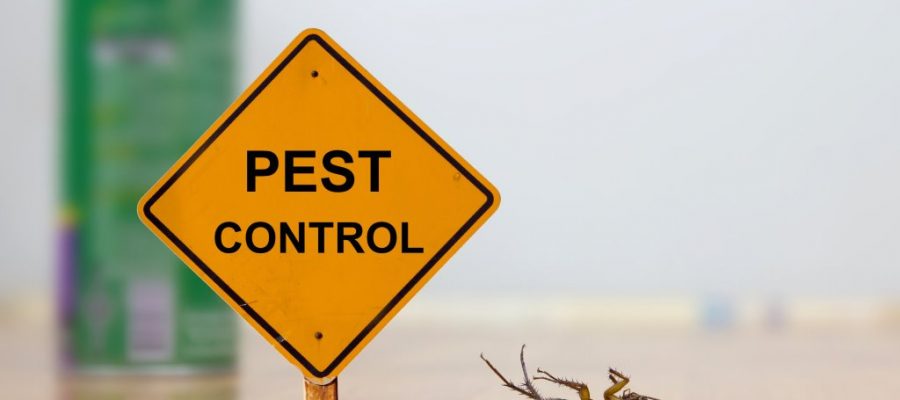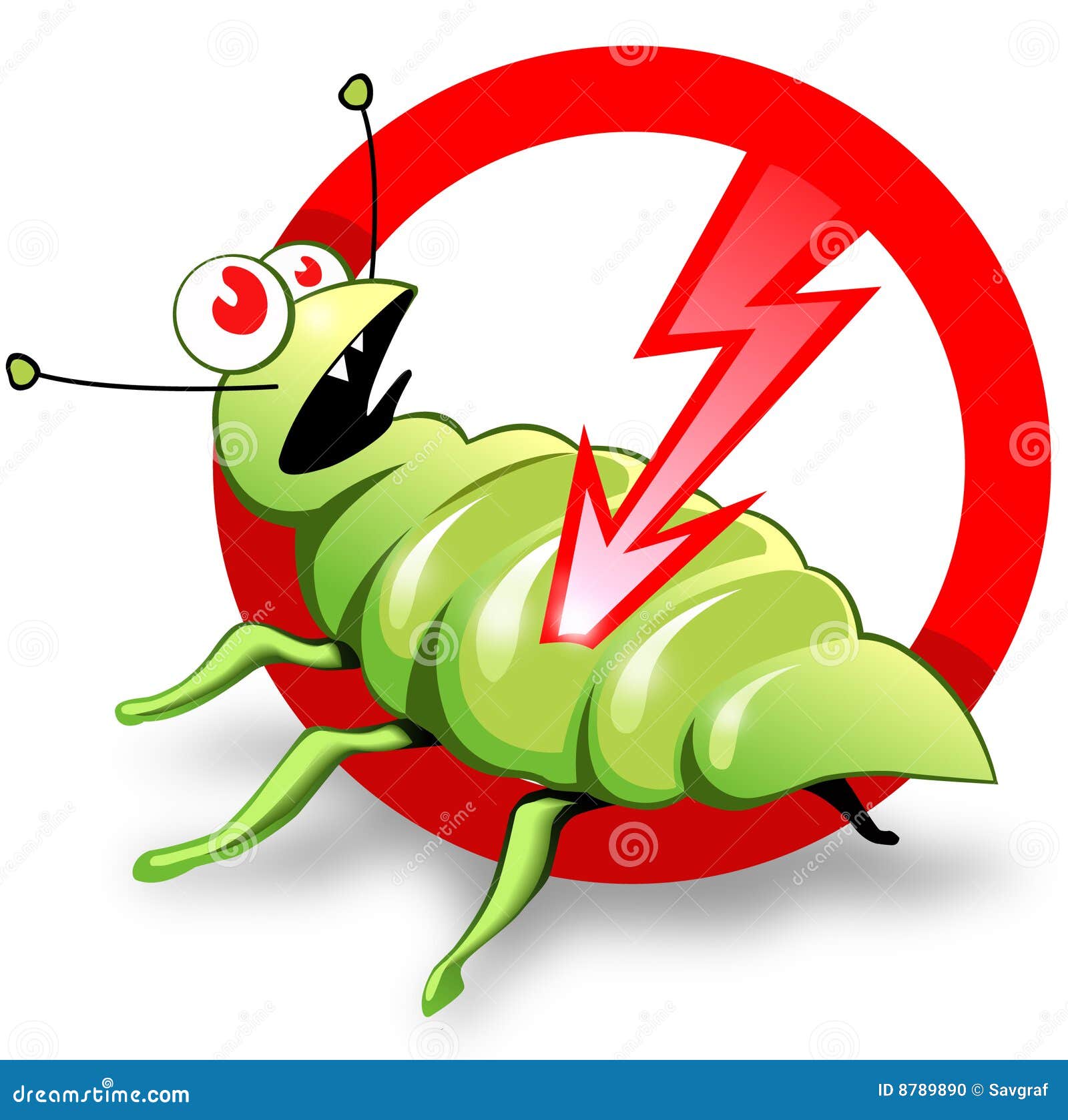Pest Control featuring safe and non-toxic solutions.
Pest Control featuring safe and non-toxic solutions.
Blog Article
Eco-Friendly Bug Control Approaches for Taking Care Of Wildlife in Urban Locations
Urban areas usually locate themselves at the junction of human activity and wild animals, resulting in one-of-a-kind difficulties in pest administration. Green techniques stress lasting coexistence, employing methods such as environment adjustment and natural repellents to mitigate human-wildlife problems. These methods not only protect the setting however likewise enhance community involvement in wildlife management. As city populaces continue to expand, recognizing the characteristics of wild animals interactions becomes progressively crucial. What ingenious methods can be implemented to ensure both eco-friendly equilibrium and metropolitan security? Exploring this question exposes a compelling landscape of prospective options.
Recognizing Urban Wild Animals Dynamics
Understanding Urban Wild animals Dynamics is vital for creating reliable and green bug control techniques. Urban areas are progressively becoming habitats for different wildlife species, driven by factors such as habitat fragmentation, food availability, and human advancement. Acknowledging these characteristics permits a nuanced strategy to pest management that straightens with ecological principles.
Urban wild animals frequently includes types such as raccoons, squirrels, and birds, which adjust to city settings, discovering specific niches in eco-friendly spaces, parks, and also houses. Their visibility can cause disputes with humans, particularly when they make use of personnels for food and sanctuary. Understanding the actions and eco-friendly duties of these types informs methods that decrease unfavorable interactions while advertising biodiversity.
Furthermore, recognizing the interdependencies within city environments helps in identifying vital locations for environment conservation and reconstruction. This understanding adds to the advancement of integrated parasite administration (IPM) strategies that consider the environmental balance, consequently minimizing reliance on harmful chemicals. By promoting coexistence between human beings and city wildlife, cities can create much healthier settings that benefit both citizens and regional communities, leading the way for sustainable urban living.
Natural Repellents and Deterrents
All-natural repellents and deterrents provide a lasting option to standard pest control approaches by taking advantage of the power of nature to keep undesirable species at bay. These green remedies normally use plant-based components, vital oils, and other normally occurring substances that hinder insects without harming the setting.
One efficient natural repellent is peppermint oil, which is known to ward off rats and insects. Its solid scent is undesirable to lots of pests, making it a preferred selection for urban setups. Similarly, vinegar and citrus peels can work as deterrents, as their solid odors are generally uninviting to various wildlife.
Additionally, diatomaceous earth is a natural powder that can be spread out in areas vulnerable to insect task, effectively drying out and discouraging insects without positioning risks to non-target varieties. Additionally, garlic sprays and neem oil are recognized for their capability to ward off a broad range of insects, consisting of both pests and larger wildlife.
Applying these all-natural repellents not just lowers dependence on chemical pesticides but also promotes a much healthier urban community, promoting a much more well balanced conjunction in between human beings and wildlife. By using these approaches, urban locations can successfully manage bug populaces while decreasing ecological influence.
Environment Adjustment Techniques
Reliable habitat alteration strategies play a critical duty in sustainable parasite administration by modifying the atmosphere to make it less for pest infestations. By recognizing the environmental characteristics of metropolitan locations, residential or commercial property owners can carry out tactical alterations that discourage pests while promoting biodiversity.
(Pest Control in Port Charlotte)One primary technique involves keeping correct cleanliness. This includes regular waste removal, protecting garbage can, and getting rid of standing water to lower breeding sites for pests and rodents. Additionally, landscaping practices such as picking indigenous plants can enhance eco-friendly balance, supplying environments for advantageous microorganisms while minimizing sources for insects.
One more vital approach is to seal entrance factors in buildings. Evaluating and repairing cracks in foundations, walls, and home windows can significantly reduce parasite access. Creating physical obstacles, such as fencings or plant barriers, can inhibit wild animals motion into human-inhabited areas.
Integrated Parasite Monitoring Practices
Structure upon environment alteration strategies, incorporated pest administration (IPM) practices provide a holistic strategy to managing insect populaces while reducing environmental influence. IPM combines different methods, consisting of organic, social, mechanical, and chemical controls, to accomplish efficient pest monitoring.
Organic control entails the introduction of all-natural predators or parasites to minimize bug populations. Cultural methods, such as crop rotation and hygiene, interfere with pest life process and reduce their habitats - Pest Control. Mechanical controls, like traps and barriers, provide prompt alleviation from pest stress without chemical treatment
Chemical controls are made use of as a last hotel, concentrating on targeted applications that limit injury to non-target species and the setting. The option of eco-friendly pesticides, when necessary, is important to the IPM structure. Additionally, keeping track of pest populations and examining possible damage helps notify decision-making, ensuring that interventions are prompt and effective.
Community Participation and Education

(Fire ant control Port Charlotte)Workshops and informational sessions can furnish locals with expertise concerning indigenous varieties, environment preservation, and efficient non-toxic parasite monitoring techniques. Collaboration with institutions, regional try this website organizations, and government firms better boosts educational outreach, ensuring that essential information reaches varied audiences.
Furthermore, community-led initiatives, such as area clean-up days and environment remediation jobs, not just advertise biodiversity however additionally strengthen area connections. Pest Control. By encouraging homeowners to share their experiences and observations, communities can establish targeted strategies that attend to particular local bug concerns
Integrating feedback from homeowners right into pest monitoring prepares enables an extra receptive and adaptive strategy to wild animals obstacles. Eventually, notified and engaged neighborhoods are key to attaining lasting success in green insect control, resulting in healthier urban atmospheres that value both human and ecological needs.

Verdict
In final thought, environmentally friendly pest control comes close to offer sustainable remedies for managing urban wildlife. By prioritizing environment alteration, making use of all-natural repellents, and implementing integrated pest administration practices, areas can cultivate an unified coexistence with regional fauna.
Report this page